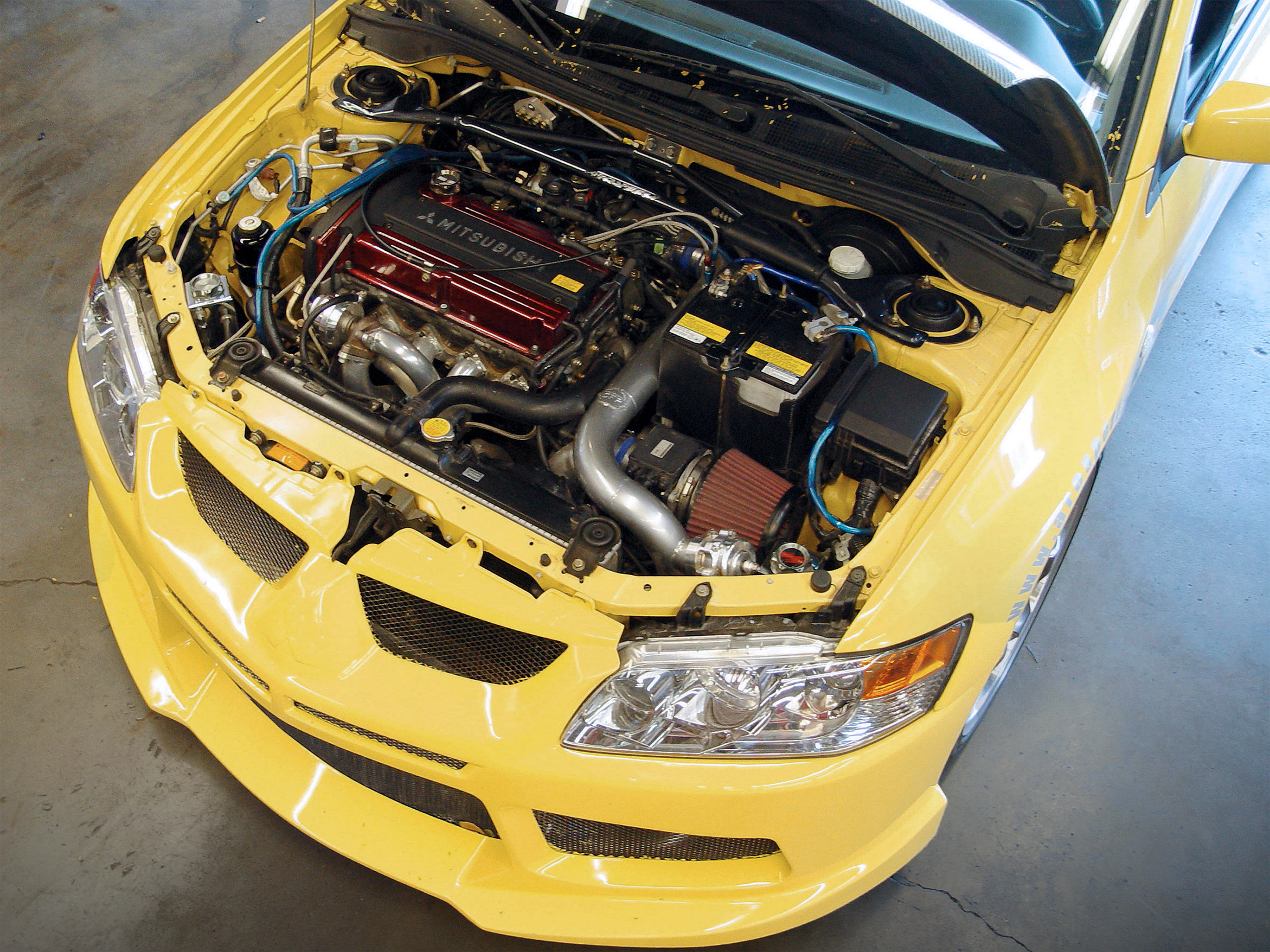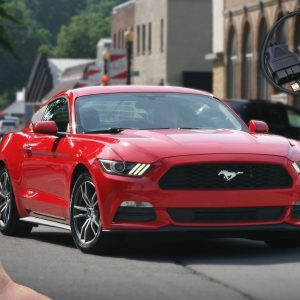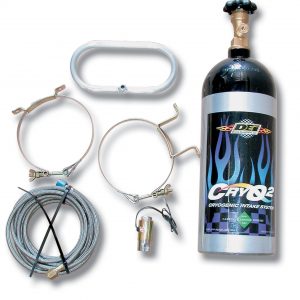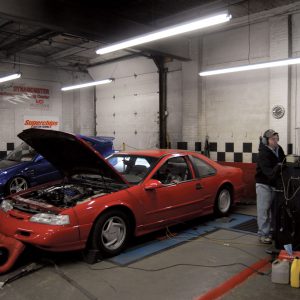Mitsubishi

You have to admit that the thought of injecting water into your engine sounds crazy. We all know that water doesn’t burn and it can’t be compressed. Those unfortunate souls who have tried to do this now have engines that are the equivalent of ship anchors. In this installation, we aren’t going to be injecting huge amounts of water into an engine, but rather a fine mist that’s proportionate to the fuel flow (10 percent to 20 percent), using a high-pressure pump. This will help lower the chances of detonation by reducing the intake charge temperature.







